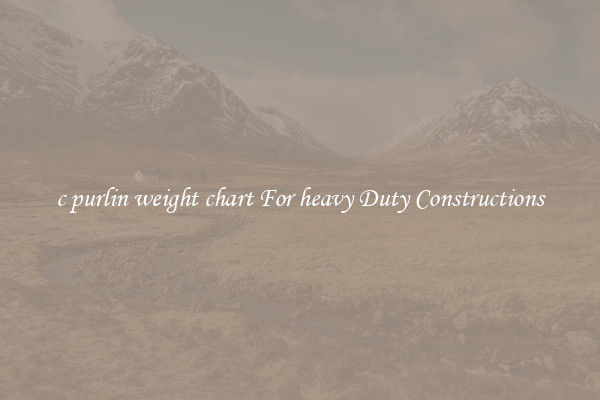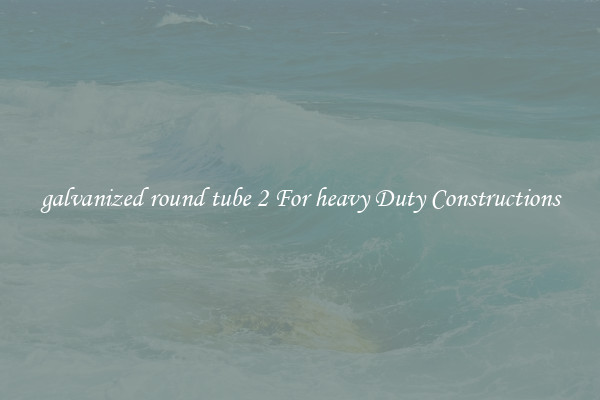c purlin weight chart For heavy Duty Constructions
C purlins are widely used in heavy-duty constructions due to their strength, durability, and versatility. They are an essential component in the construction of industrial buildings, warehouses, and other structures that require high load-bearing capacity. To ensure the structural integrity of these constructions, it is crucial to understand the weight-bearing capacities of C purlins.

A C purlin weight chart provides crucial information about the weight that a particular size of C purlin can safely support. The weight-bearing capacity of C purlins depends on various factors, including the material used, the dimensions of the purlin, and the spacing between them.
C purlins are typically made of steel or aluminum. Steel C purlins are known for their exceptional strength and are commonly used in heavy-duty constructions. Aluminum C purlins, on the other hand, offer lightweight solutions for structures that require less load-bearing capacity.
The dimensions of the C purlin, such as the height, width, and thickness, also play a significant role in determining its weight-bearing capacity. As a general rule, larger and thicker C purlins can support more weight than smaller and thinner ones.
The spacing between the C purlins is another crucial factor to consider when determining their weight-bearing capacity. The closer the purlins are positioned, the more weight they can collectively support. However, it is essential to follow the guidelines provided by structural engineers or building codes to ensure the proper spacing for the specific construction.
A C purlin weight chart provides a clear overview of the maximum allowable span, maximum load capacity, and other essential information based on purlin dimensions and material. For example, a steel C purlin with a height of 150mm, width of 75mm, and a thickness of 10mm may have a maximum allowable span of 3.5 meters and a maximum load capacity of 1.5 kN/m². These values can vary depending on the manufacturer and specific design requirements.
By referring to a C purlin weight chart, contractors and engineers can make informed decisions about the appropriate size, material, and spacing of C purlins for heavy-duty constructions. This ensures that the structures being built can withstand the intended load requirements without compromising safety and structural integrity.
In conclusion, a C purlin weight chart is an invaluable resource for heavy-duty constructions. It provides important information about the weight-bearing capacity of C purlins based on their dimensions, material, and spacing. By consulting a weight chart, contractors and engineers can make informed decisions to ensure the structural integrity and safety of their constructions.

View details

View details

View details

View details








